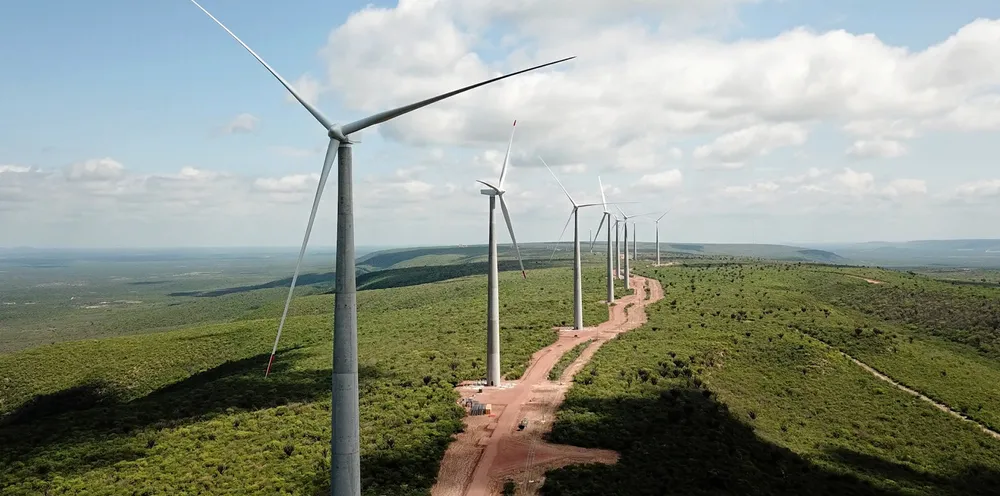Enel turns on South America's largest wind farm – built for $750m in the teeth of Covid
Green power giant stresses pandemic challenges of huge Brazilian project that will now be expanded past 1GW

Global renewables giant Enel started commercial operations at South America’s largest wind farm in operation so far, the 716MW Lagoa dos Ventos project in Brazil built at a cost of €620m ($750m) in the teeth of the Covid pandemic.
The project in Brazil’s northeastern state of Piauí – Enel’s largest wind development globally – will later be boosted by another phase to around 1.1GW, as part of a regional trend towards vast arrays.
The wind farm will supply power from 510MW under a Brazilian government tender deal secured in 2017, while the remainder will be sold on the unregulated market that is an increasingly popular option for generators in Brazil.
Enel Green Power highlighted the completion of the project, which uses turbines from Germany’s Nordex, amid the challenges of Covid.
They included company strict guidelines for travel, including preventive quarantine when workers move to cities outside the site region, increased sanitisation of facilities and vehicles, social distancing measures and carrying out “massive testing campaigns” involving all employees working on the construction sites.
The completion of Lagoa dos Ventos brings Enel’s Brazilian renewable power base to around 3.7GW, including 1.5GW of wind, 979 MW solar and 1.3GW of hydroelectric.
Brazil is due later this month to restart government auctions for new wind and solar power projects after a two-year gap caused by a crash in demand and the pandemic. Despite the lapse, Brazilian wind has remained in a growth phase with the help of the unregulated market and added 2.3GW last year to reach a total of around 18GW, by far the largest in the region.
Salvatore Bernabei,CEO of Enel Green Power, said: “As our largest wind facility in the world, Lagoa dos Ventos represents a significant step forward for our sustainable growth, while also supporting the green recovery in Brazil, further contributing to the diversification of the country’s energy mix.”
(Copyright)